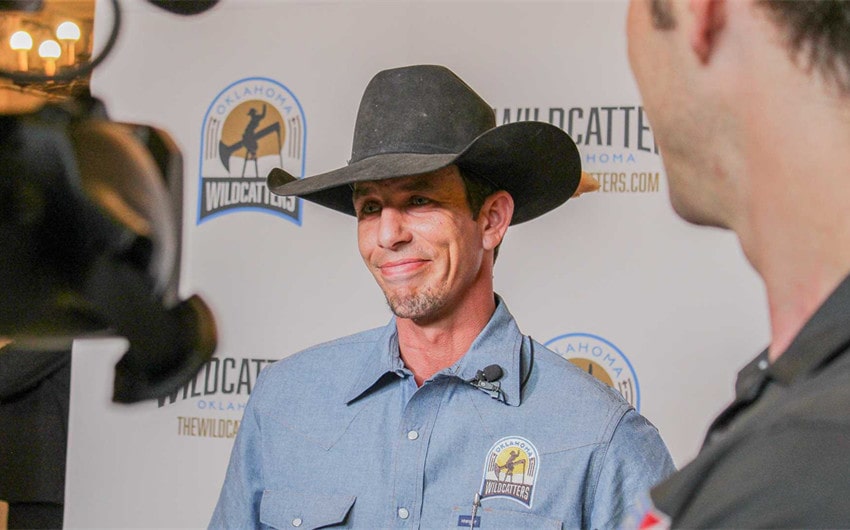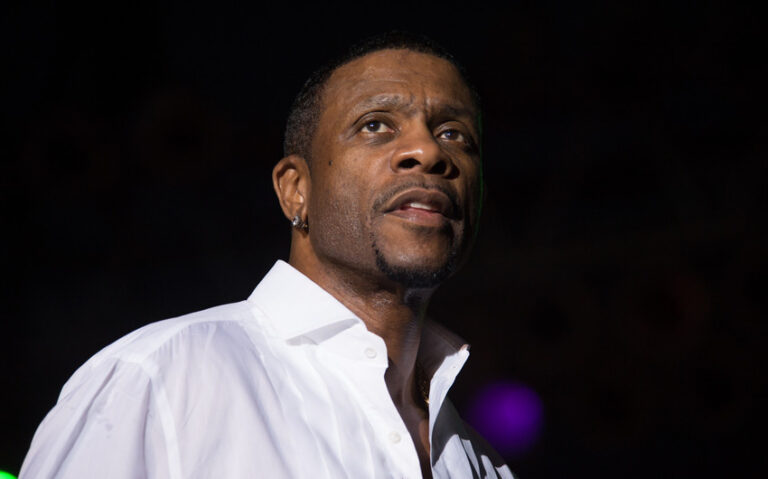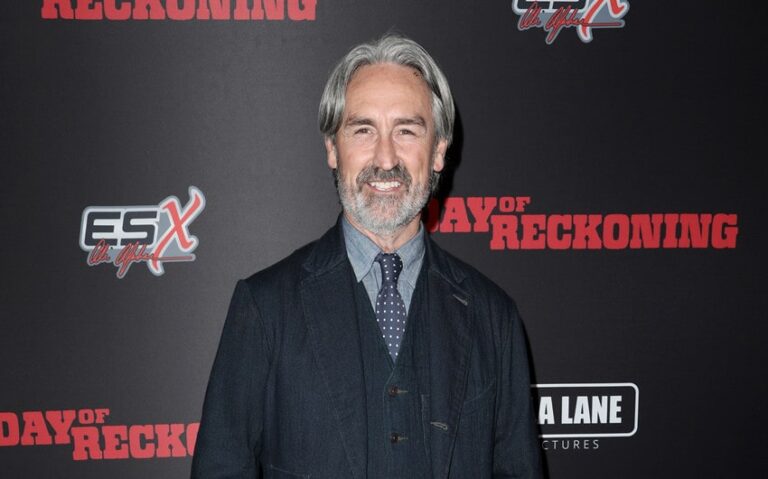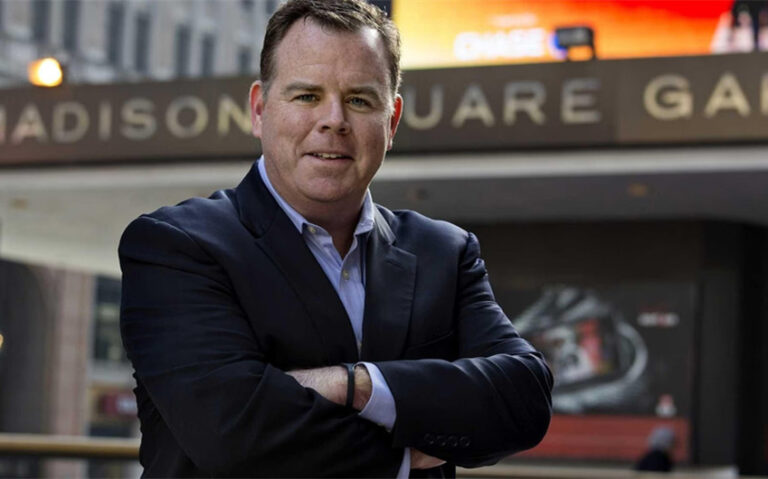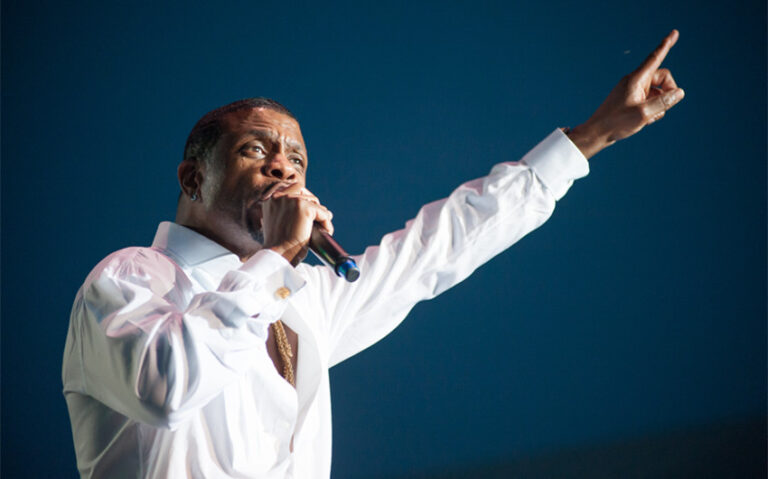Bull Rider JB Mauney’s Net Worth: How Rodeo Risks Turned Into Real Wealth
Bull rider JB Mauney’s net worth is one of the most talked-about figures in the world of professional rodeo—and for good reason. Unlike athletes in mainstream sports who rake in salaries through guaranteed contracts, Mauney made his fortune by doing what most people wouldn’t dare: climbing onto the back of an angry bull and holding on for dear life.
His success didn’t come overnight, and it didn’t come easy. It came through grit, guts, and years of riding on the edge of glory and disaster. So, how much has that kind of daring lifestyle earned him? Let’s take a look at JB Mauney’s journey from rodeo grit to financial reward.
The Grit: Early Career and First Earnings
Every bull rider starts somewhere, and for JB Mauney, that somewhere was the dusty circuits of North Carolina. Born in 1987 in Charlotte, he grew up in the heartland of American rodeo culture, where riding bulls was more than a sport—it was a way of life. He began his professional career in 2006, when he joined the Professional Bull Riders (PBR) circuit. Back then, Mauney didn’t have the million-dollar reputation he holds today. Instead, he had a battered pickup truck, a deep love for the sport, and a willingness to take hits—both physical and financial.
During his early years, Mauney competed in smaller rodeos, scraping by on prize money and local sponsorships. Riders don’t earn anything unless they perform, so each ride meant a chance to win a paycheck or go home empty-handed. That kind of pressure builds a unique kind of discipline—and it also weeds out anyone who’s not serious. Mauney, though, was in it for the long haul. Every successful ride added not only to his reputation but also to the small but growing pile of earnings that would later snowball into wealth.
The Glory: Championship Years and Big Wins
The turning point in JB Mauney’s career—and his finances—came in the early 2010s. By then, he had established himself as one of the toughest and most exciting bull riders in the sport. In 2013, he clinched the PBR World Championship, a title that came with a $1 million bonus. That victory was a massive leap forward, not only in recognition but also in income.
Riding bulls might only last eight seconds at a time, but when those seconds go right, the payout is huge. Mauney became known for riding some of the most notoriously difficult bulls in the sport, including the legendary Bushwacker. His 2013 ride on Bushwacker is still regarded as one of the most iconic moments in bull riding history—and it also boosted his market value with fans and sponsors alike.
He followed that up with a second PBR World Championship in 2015, becoming one of the few multi-title holders in the sport. That win came with more prize money, more exposure, and new levels of opportunity. It wasn’t just about the checks anymore—it was about the doors those checks opened.
The Grind: Endorsements and Off-the-Ring Income
Bull riding may be what put JB Mauney on the map, but endorsements helped keep him there. As he became a household name among rodeo fans, brands began to take notice. Companies that catered to the cowboy lifestyle—bootmakers, western apparel brands, rodeo gear suppliers—saw Mauney as the ideal face for their products.
He’s been sponsored by top names like Wrangler, Resistol, and other rodeo-aligned brands. These deals may not make as many headlines as his championship wins, but they are often more consistent income sources. Endorsements provide stability in a sport that is anything but predictable.
In addition to brand partnerships, Mauney has capitalized on social media and event appearances. Rodeo is a community-driven sport, and Mauney’s fan base remains intensely loyal. Whether it’s signing autographs, appearing at western expos, or participating in promotional tours, his image continues to generate revenue even when he’s not actively competing.
Some reports suggest that a significant portion of his income in recent years comes from these external ventures. If he’s invested wisely, particularly in property or stock portfolios, then his financial future may be even brighter than his competitive past.
The Guts: Injuries, Comebacks, and Financial Impact
Let’s not sugarcoat it—bull riding is brutal. JB Mauney’s career has been riddled with injuries that would send most people into permanent retirement. From concussions to broken bones, he’s seen it all. In 2023, he announced his retirement from the sport following a neck injury that required surgery. While that moment marked the end of an era, it also shone a light on the physical toll the sport had taken on his body over nearly two decades.
Medical bills and recovery periods can eat into any athlete’s net worth, and Mauney is no exception. But what sets him apart is his resilience. Despite the setbacks, he always came back stronger, which only added to his mythos. Fans respected his courage, and sponsors admired his consistency. That kind of durability isn’t just inspiring—it’s marketable.
His comebacks often drew large audiences, boosting ticket sales and event viewership, which further solidified his importance to the sport. As a result, even during injury downtime, he retained his value in the eyes of promoters and brands alike.
The Legacy: JB Mauney’s Net Worth in 2025
So where does all this place JB Mauney in 2025? According to the most recent estimates, JB Mauney’s net worth is approximately $6 million to $8 million. This number reflects his total career earnings, including PBR prize money, endorsements, public appearances, and potentially some wise investments.
Here’s a rough breakdown of how that figure likely comes together:
-
PBR Prize Winnings and Championship Bonuses: $3.5–$4 million
-
Endorsements and Sponsorships: $1.5–$2 million
-
Appearances, Promotions, and Merchandise: $500,000–$1 million
-
Investments and Real Estate (if applicable): $500,000–$1 million
Mauney has never been one to flaunt wealth, but he has hinted in interviews that he values security for his family and a simpler lifestyle. With his retirement, you may see him pivot into coaching, mentoring younger riders, or even starting his own business related to rodeo gear or training facilities. Any of these paths could continue to add to his wealth while allowing him to stay close to the sport he loves.
Featured Image Source: pbr.com

